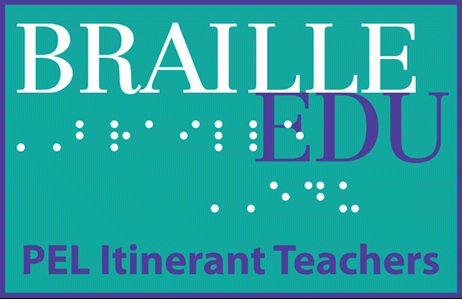Tactile discrimination is a vital part of learning in order to become familiar with different textures, surfaces, weights, sizes, shapes, temperatures and other characteristics of an object. (Wormsley, 1997, p.34).

A young learner will need time to explore each item, be presented with details of the item and learn what it is used for. With consistent practice, the young learner can strengthen their tactile discrimination and tactile perception skills and make comparative associations with their previous knowledge.
Lydon and McGraw (1973) provide general strategies for teaching of specific concepts for young learners. They provide a list that can be implemented in a child’s learning by teaching directionality, gross motor movement, tactile discrimination, sound discrimination and development of olfactory skills. (Wormsley, 1977, p.33-37).
Organization, scanning and tactile discrimination skills with time for exploration, allow the child who has a visual impairment the opportunity to make those memorable connections with their environments.
Bibliography
Lydon, W.T. & McGraw, M.L. (1973). Concept development for visually handicapped children: A resource guide for teachers and other professionals working in educational settings. New York: American Foundation for the Blind.
Wormsley, D. et al. (1997). Instructional strategies for braille literacy. (pp33-37), New York, New York: AFB Press.
